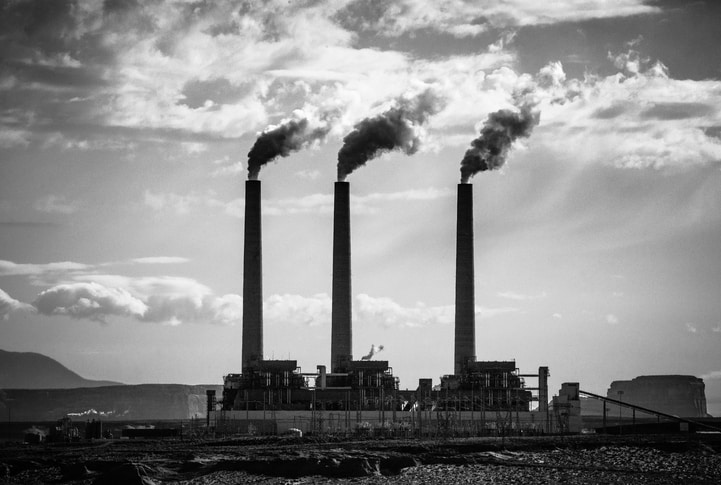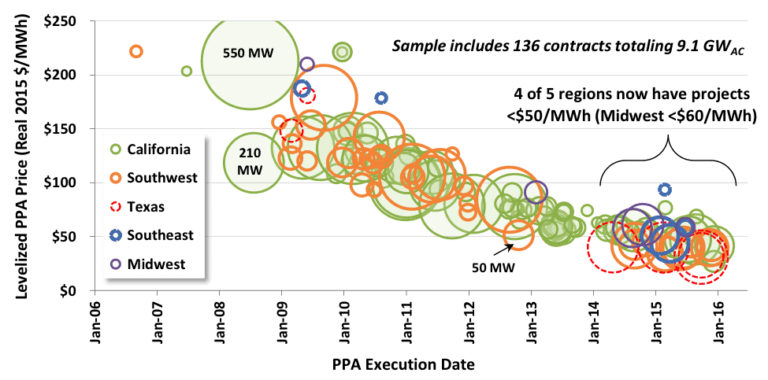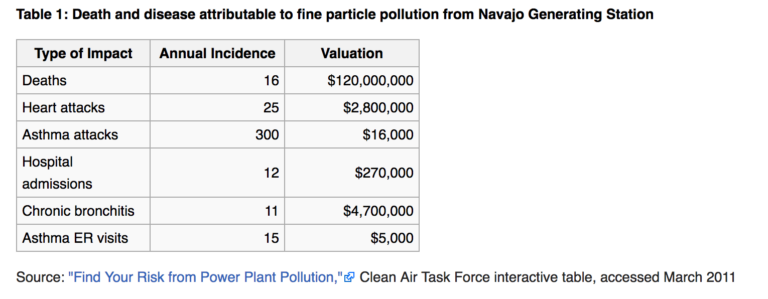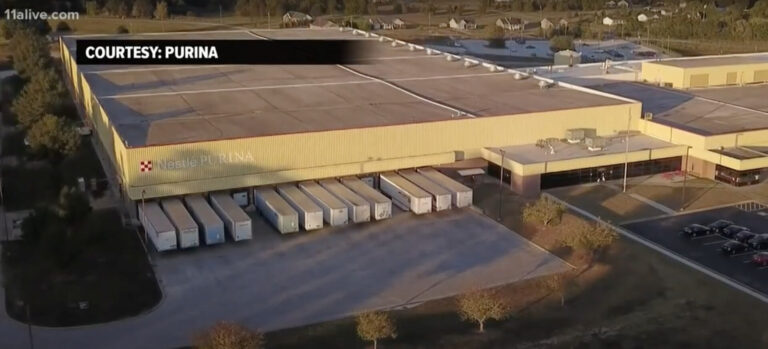Andy Tobin Pushes To Keep Open Dirtiest Coal Plant In The Western United States

Arizona Corporation Commissioner Andy Tobin recently called out Arizona’s largest investor-owned utility, Arizona Public Service Company (APS), for planning to build an additional 5,300 MW of natural gas-fired power plants. Tobin rightly expressed concern to APS for its risky natural gas strategy, pointing out that many of the plants would sit idle most of the year, and could become stranded assets.
Compared to the large planned gas additions, APS’ fifteen-year plan calls for only 300 MW of utility-scale solar and 250 MW of distributed solar over the next 15 years, a ridiculously low amount of solar power for such a sunny state, where contracts for solar power are currently $40 – $50/MWh.

Tobin writes in favor of coal plant
In a new letter, Tobin seems to have backed a different solution to the problem of gas exposure beyond storage and renewable energy: coal.
Tobin’s letter is directed to the Salt River Project (SRP), a utility in Arizona not regulated by the commission. Tobin says that he is “deeply concerned” about SRP’s potential decision to shut down the Navajo Generating Station (NGS), SRP’s “hostile attitude” towards the coal-fired power plant, and also says “this myopic calculus is of the worst sort and unacceptable to this commissioner.”
SRP is moving toward a closure of NGS because the plant is being outcompeted by gas and renewable energy. The utility found that in any regulatory environment, natural gas is cheaper than coal-fired power from NGS. NGS is one of the oldest, dirtiest coal plants in the West, and one of the country’s largest CO2 emitters.
NGS is operated and partially owned by SRP. Other owners of the plant include the owned by the federal government, APS, NV Energy, and Tucson Electric Power. Those parties are set to vote on February 13 on whether to shutter the plant or try to keep it operating at least through 2019.
Tobin understands that natural gas fuel costs are extremely volatile, and mentions in his letter that NGS could be replaced with “major solar and energy storage investments.” However, Tobin’s suggestion that SRP should examine the adoption of “clean” coal is a vague pipe dream as the extremely expensive and problematic Kemper and Edwardsport “clean” coal plants have proven.
Navajo Generating Station can’t compete
Although Tobin claims to be surprised by SRP’s move toward closure, it’s been a long time coming. The Los Angeles Department of Water and Power (LADWP) announced its intention to sell its 477 MW share of NGS nearly two years ago and the divestment was completed in July 2016. SRP purchased LADWP’s share for a mere $10 million, a clear sign that the plant was approaching worthlessness. In 2010, Southern California Edison sold its share of NGS to APS, and NV Energy already plans to divest its 255 MW share of NGS. It is unlikely that SRP will purchase NV Energy’s share.
For the past few years, NGS has been generating less and less power, and was down to a 61% capacity factor in 2016.
In November 2016, the National Renewable Energy Lab (NREL) released a report that the current cost of generating power from NGS is $38/MWh, while purchasing electricity on the market in the region was just $32/MWh.
NGS is going to get even more expensive to operate in the future, once the current coal lease expires and new prices go into effect. This will push the price of coal to $41/MWh (4.1 cents/kWh). The price would increase to $51/MWh in 2030 after new pollution controls are added.
NGS and the Navajo and Hopi economies
Notably, Tobin fails to mention the significant pollution dumped on reservation land over the past 40 years by the power plant, or the health and climate damage caused by the coal behemoth. A 2011 study by the Clean Air Task Force showed that the plant is responsible for 16 deaths per year.

Tobin’s letter to the President of SRP cites job losses by the Navajo and Hopi tribes as one of the reasons to extend the plant’s life. His concern for job losses in the economically depressed native communities is commendable, but keeping NGS open for another year or two will not create sustainable economic development.
Renewable energy, however, can create significant and lasting economic opportunities for the Navajo and Hopi communities, as documented in a report from Synapse Energy Economics in 2014. Other reports, including one from NREL in 2012, documented how renewable energy can serve as the bedrock for a new, healthier economic development for the Navajo and Hopi communities.
Commissioner Tobin’s suggestion in his earlier letter to APS that renewable energy and storage need to be what comes next, and not an over-reliance on gas, was on the right track. He and the ACC can use their considerable influence to make sure that the Navajo and Hopi communities are able to join in the economic wealth created by that transition to renewable energy too.



